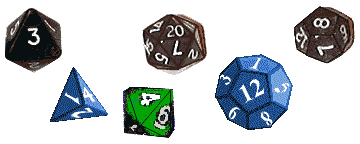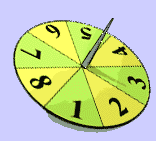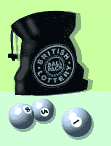Ideas that Lead to Probability
AbstractThe activity and two discussions that make up this lesson introduce ideas that are the basis of probability theory. By using everyday experiences and intuitive understanding, this lesson gives students a gradual introduction to probability. ObjectivesUpon completion of this lesson, students will:
Standards Addressed:Textbooks Aligned:Student Prerequisites
Teacher Preparation
Key Terms
Lesson Outline
Alternate OutlineThis lesson can be rearranged in several ways.
Suggested Follow-UpAfter these discussions and activities, the students will have the beginnings of an understanding of probability, randomness and fair choice. The next lesson, Unexpected Answers, continues the initial exploration of probability and presents some unusual examples of games that require close examination to determine if they are fair. |




